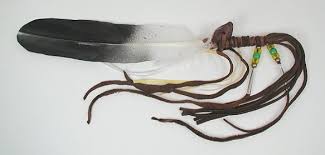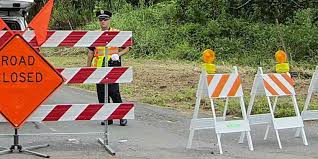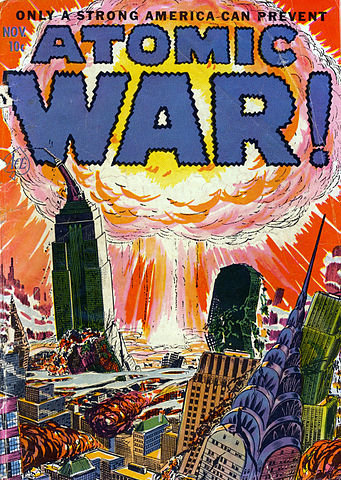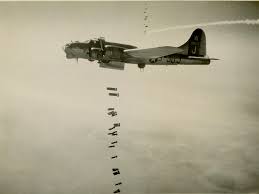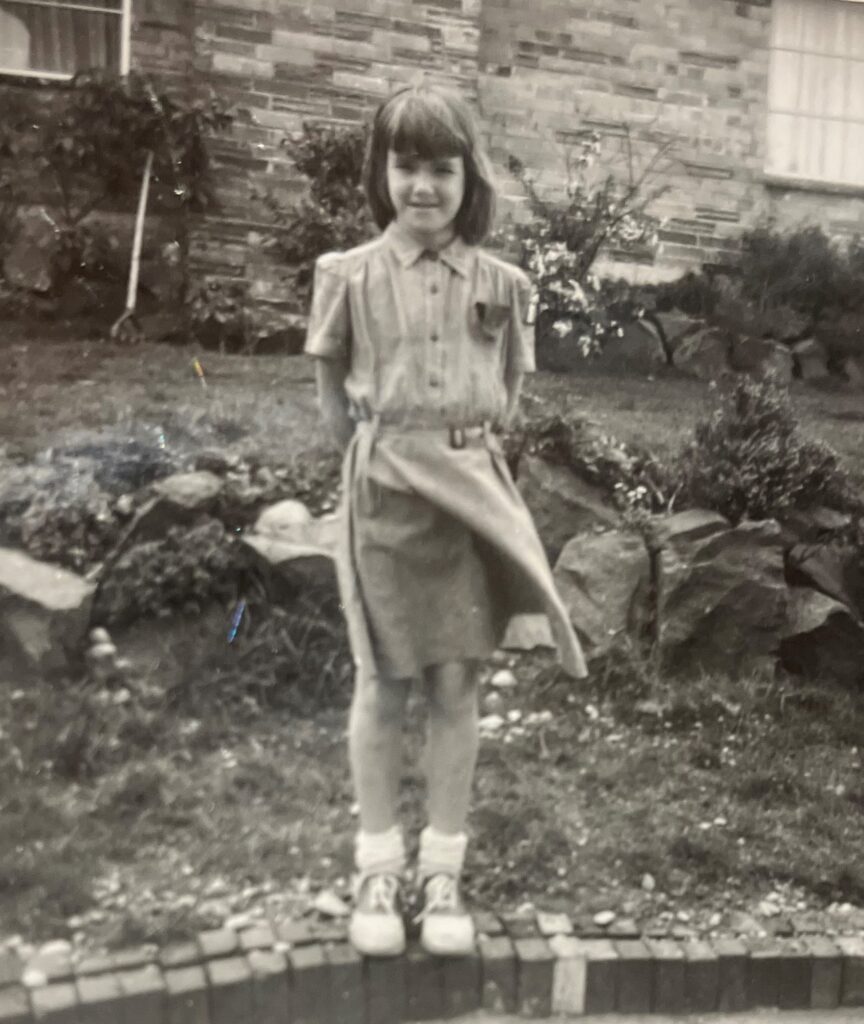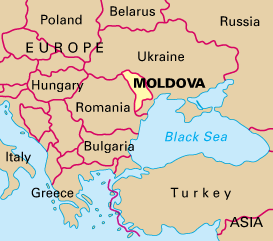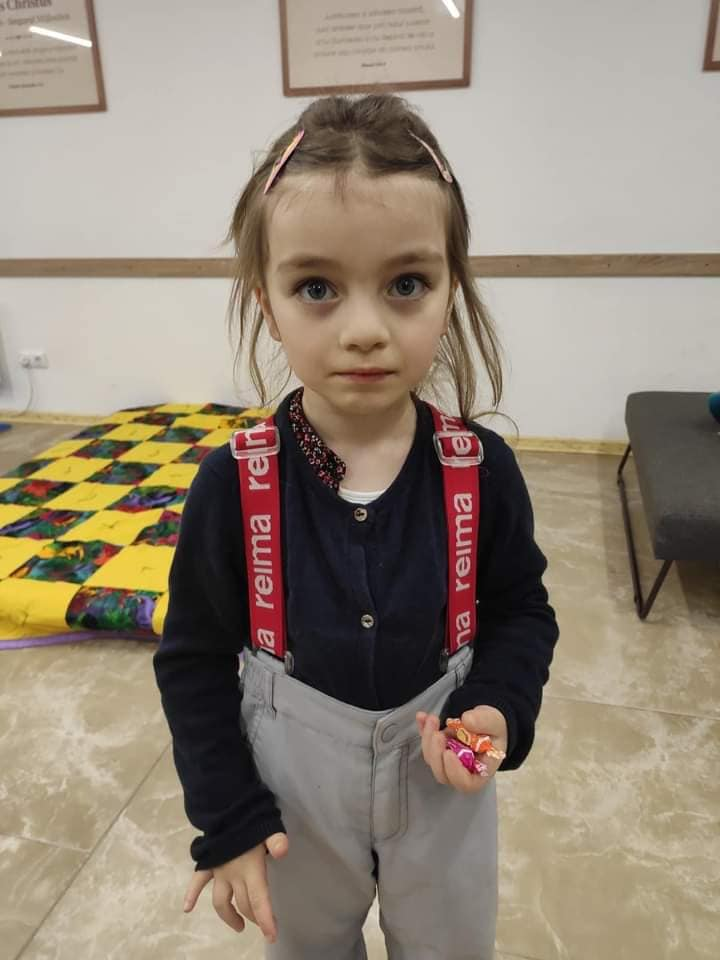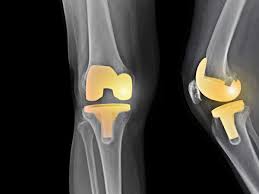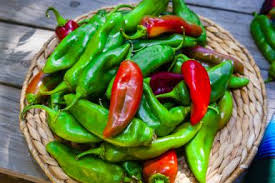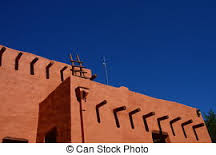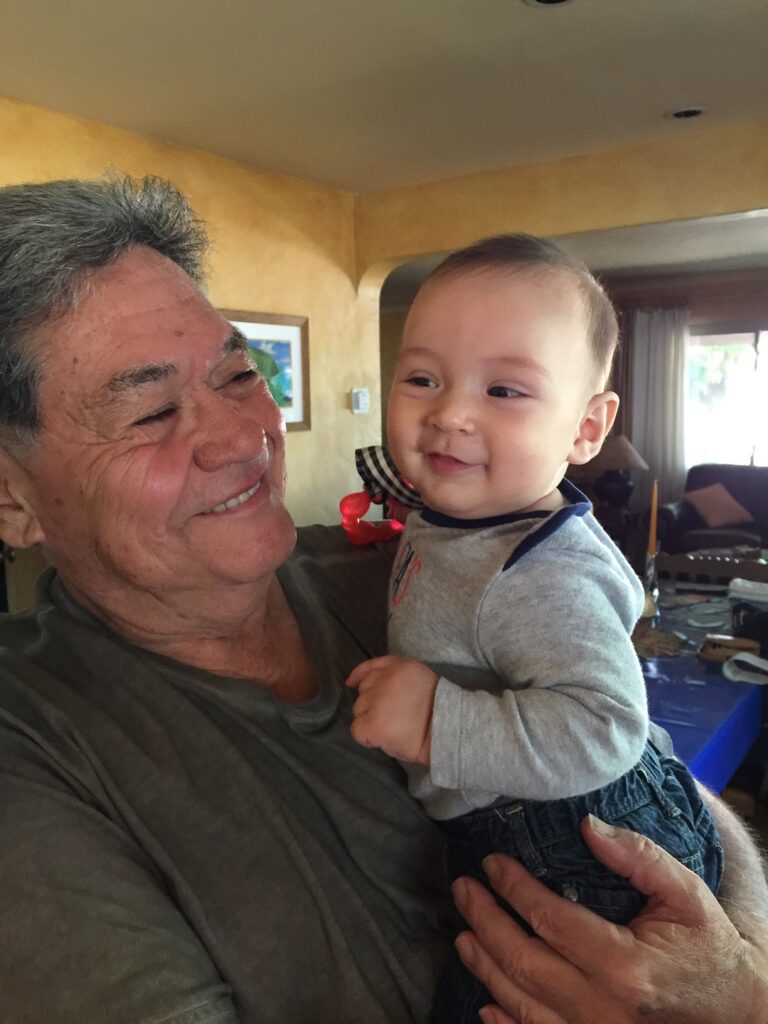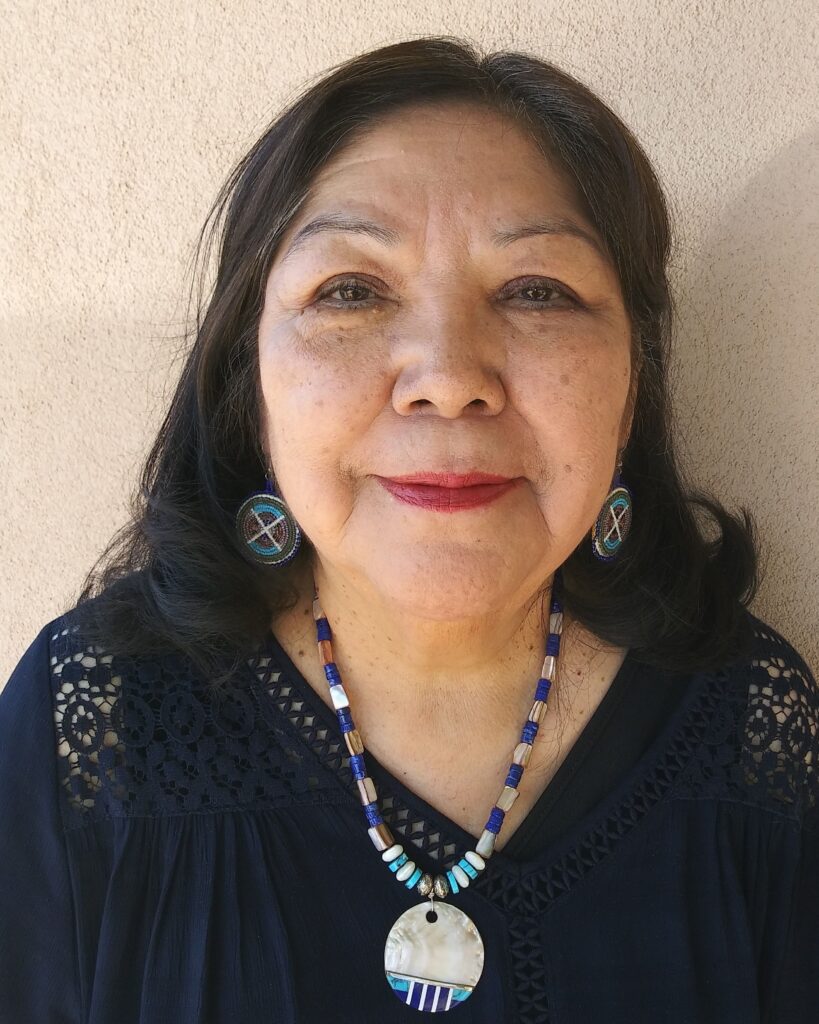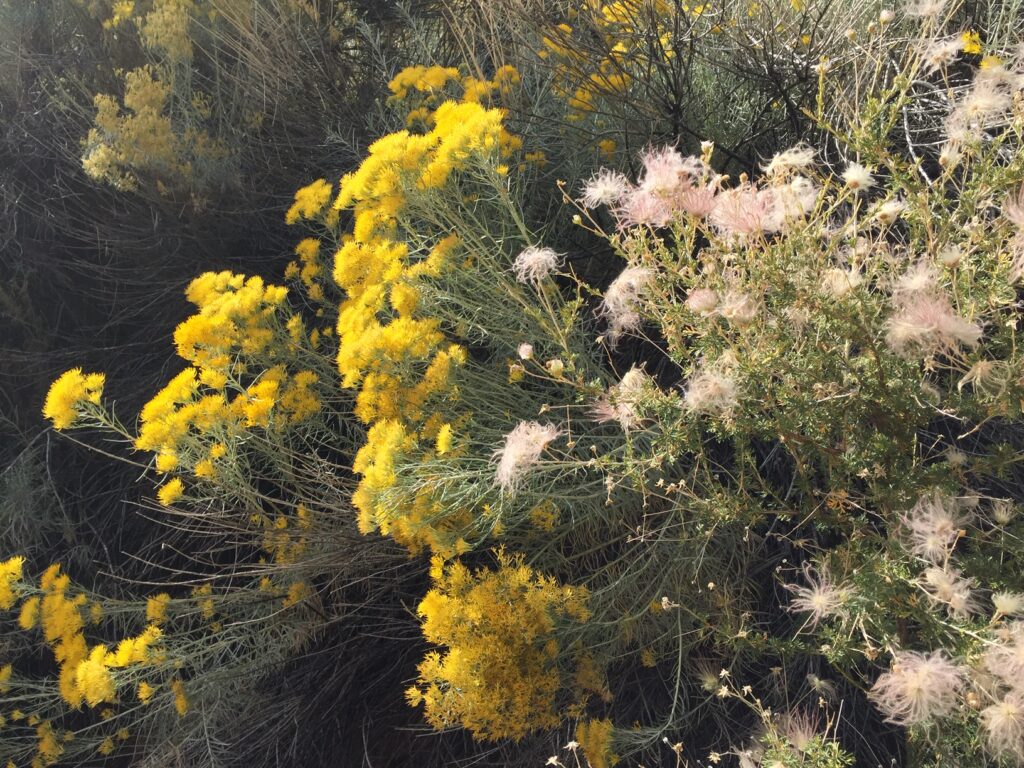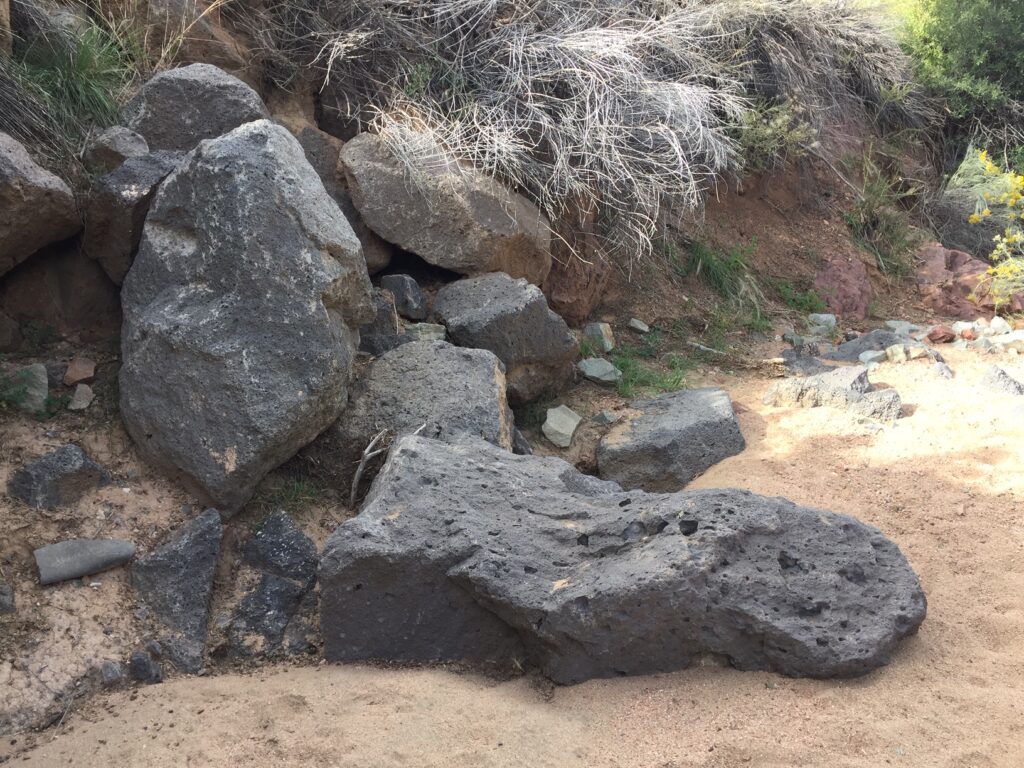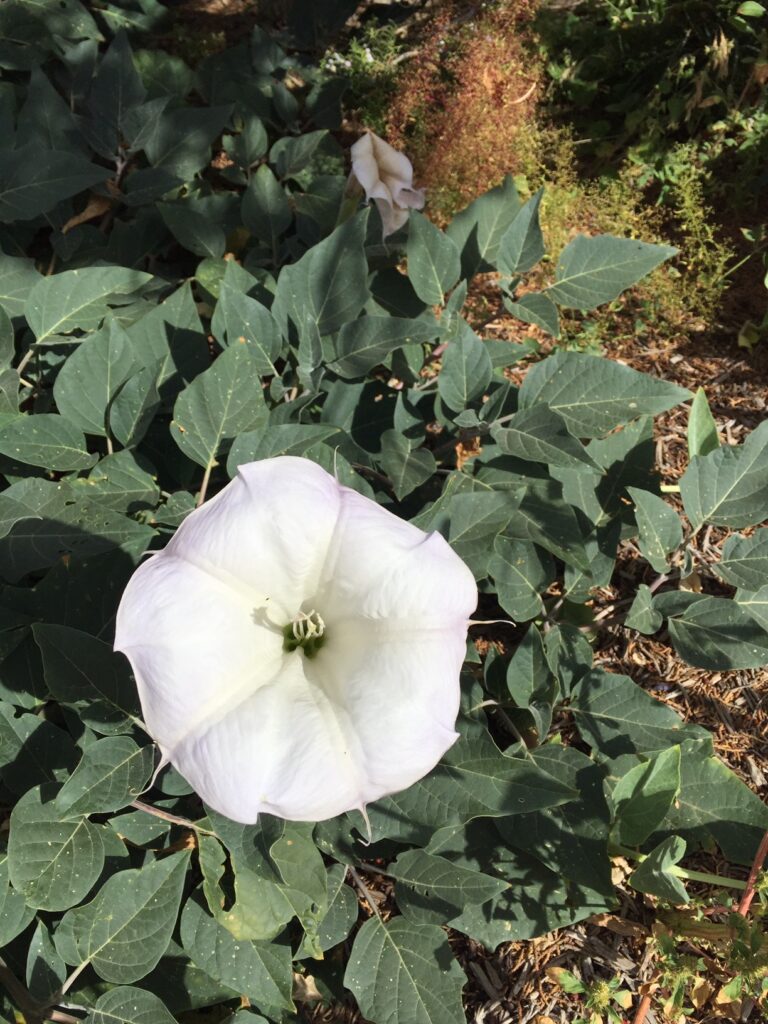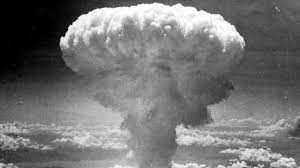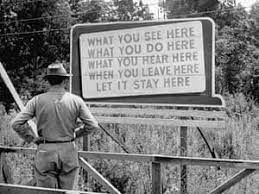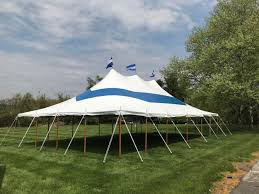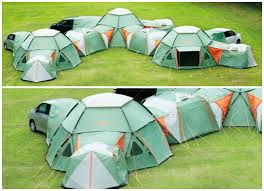Cultural Appreciation
A few months ago I facilitated a six-day Tribal Wetlands Workshop on zoom. Participants were tribal leaders, staff and members who were involved in protecting and maintaining tribal wetlands. The Environmental Protection Agency (EPA) organized the workshop and a colleague and I were under contract to plan and facilitate the event. We worked with a planning team of both EPA and Native American representatives to make sure that the workshop met a variety of goals: teach methods and strategies for managing wetlands, provide opportunities for tribes to collaborate and learn from each other, and highlight the cultural, spiritual, social and economic values of wetlands for tribal communities. The workshop was packed with great presentations on a wide range of topics and there was time for questions and discussion among the 40-50 participants as well. All in all it was a success, but as is often the case, what I remember most vividly is a moment of facilitation crisis. This is how it unfolded.
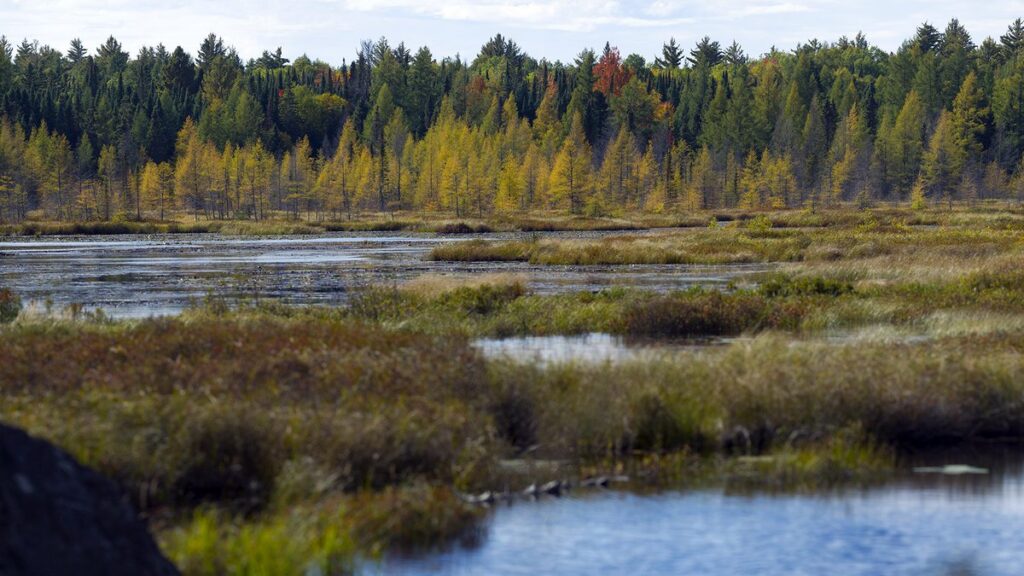
Almost all gatherings with tribal participants that I facilitate – in person or on zoom — begin with a prayer from a tribal elder. I learned long ago that this brings calm and a sense of community to whatever discussion follows. It also seems to balance the power in the room. The non-Indian professionals who might be perceived as the more powerful ones at the table are humbled by a prayer in a language they don’t understand, invoking powers that clearly overshadow those on earth. I enjoy those moments and appreciate the tribal elder’s message that points us in the direction of a productive, respectful day.
